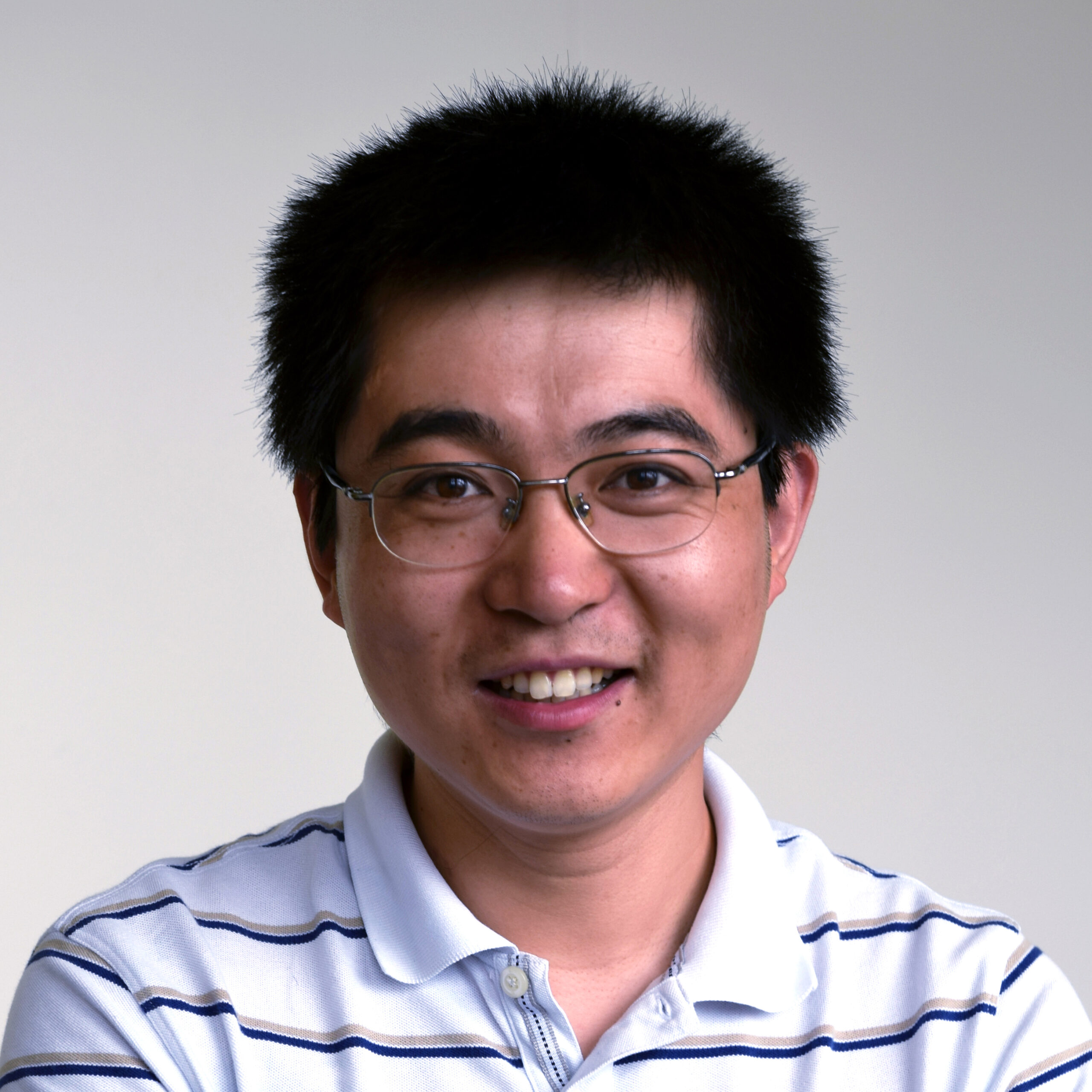
CQE PI Feature – Luqiao Liu
Harnessing Spin for Quantum Sensing, Signal Control, and Information Processing
Featured in QSEC July newsletter 2025
My research centers on uncovering novel physical mechanisms and developing advanced materials and device architectures to enable high-performance spin-based electronic devices for both quantum and classical applications. Unlike traditional electronics, which rely solely on the electron’s charge, spintronic devices leverage the electron’s spin—a quantum property that introduces unique functionalities such as nonlinearity, non-reciprocity, and non-volatility. These features hold transformative potential for a broad range of quantum technologies.
In many quantum and microwave systems, non-reciprocal signal transmission is critical. This means signals are allowed to travel in only one direction, blocking any backward flow—an essential capability for protecting quantum processors from environmental noise. Achieving this unidirectionality fundamentally requires breaking time-reversal symmetry, typically through magnetic fields or magnetic materials. However, conventional non-reciprocal components like isolators and circulators are often bulky and incompatible with on-chip integration. My research aims to address this challenge by harnessing spin waves, or magnons—collective excitations of electron spins in magnetic materials—to engineer miniaturized, on-chip non-reciprocal devices. Recently, our team demonstrated that by coupling magnons in a heterostructure composed of two distinct magnetic layers, we can achieve tunable, chiral magnon propagation. The underlying interlayer interactions give rise to magnonic band structures with topological characteristics, enabling robust surface states that are resistant to scattering and imperfections. This topological protection paves the way for compact, unidirectional, and long-distance signal transport—an exciting step forward for scalable quantum systems.
In addition to non-reciprocity, nonlinearity in magnon dynamics offers powerful opportunities in quantum sensing and signal processing. Quantum magnetic sensing—especially for weak or nanoscale magnetic fields—is widely considered a near-term application of quantum technologies. While most approaches target static or low-frequency fields, our recent work explores sensing high-frequency (microwave) magnetic fields by coupling magnons with nitrogen-vacancy (NV) centers—quantum defects in diamond. By integrating NV centers with ferromagnetic thin films and utilizing frequency mixing, we discovered that magnons can amplify nonlinear resonance signals and enable new types of frequency mixing via nonlinear scattering. These findings position hybrid NV/magnon systems as promising candidates for broadband, high-sensitivity magnetic sensing, particularly suited for nanoscale, dynamical, and non-invasive material characterization. Looking ahead, we are also investigating parametric nonlinear processes in magnonic systems to generate entanglement between magnon and photon modes, a key enabler for secure quantum communication and quantum radar technologies.
Beyond quantum technologies, I am also committed to improving spintronic memory and logic for classical computing systems. Spin orientation serves as a natural medium for non-volatile memory—which retains data without power—and could lead to faster, more energy-efficient computing.
My fascination with spins, magnetism, and quantum physics began during my undergraduate research on magnetic semiconductors. Since then, I have been driven by a blend of curiosity and the desire to create technologies with real-world impact. Prior to joining MIT, I spent three years at IBM’s Watson Research Center, where I worked on discovering new materials for magnetic memory applications.
Over the past decade, the most rewarding part of my journey has been mentoring students—witnessing their intellectual growth and celebrating the surprises that often come with bold scientific exploration. Their creativity and dedication continue to inspire the future directions of my research.




Copyright © 2022-2023 MIT Center for Quantum Engineering – all rights reserved – Accessibility


